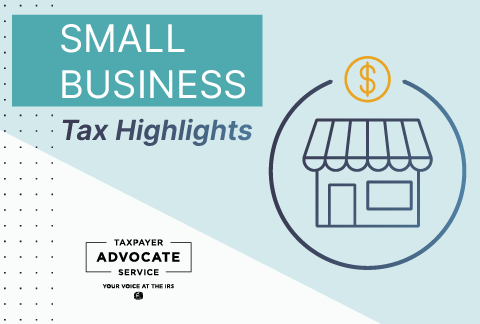

The form of business you operate determines what taxes you must pay and how you pay them. There are four general types of business taxes:
All businesses must file annual income tax returns, except partnerships which file annual information returns. The form you use depends on your business structure; see Publication 583, Starting a Business and Keeping Records, to decide what forms you should file to report your business income. Publication 509, Tax Calendars, explains when to file returns and make tax payments.
Self-employment (SE) tax is a social security and Medicare tax primarily for individuals who work for themselves. It is like the social security and Medicare taxes withheld from most employees’ wages by their employers. Your SE tax payments contribute to your coverage under the social security system. This coverage provides you with retirement, disability, survivor, and hospital insurance (Medicare) benefits.
You must file Schedule SE, Self-Employment Tax, with your federal income tax return, Form 1040 or Form 1040-SR, and pay SE tax if either of the following applies:
Self-employed individuals in Puerto Rico use Form 1040-SS to compute self-employment tax.
Note: Self-employed individuals generally must pay SE tax as well as income tax.
When you have employees, you have certain employment taxes you must pay and forms you must file. Employment taxes include the following:
You must also withhold Additional Medicare Tax from wages you pay to an employee in excess of $200,000 in a calendar year.
For additional information, refer to Employment Taxes for Small Businesses and Publication 15, (Circular E), Employer’s Tax Guide.
You may be subject to Excise Tax if you do any of the following:
Excise taxes may be imposed on the manufacturer, retailer or consumer, depending on the specific tax.
For additional information, see Publication 510, Excise Taxes.
Taxes must be paid as you earn or receive income during the year, either through withholding or estimated tax payments. Estimated taxes are used to pay not only income tax, but other taxes such as self-employment tax.
Individuals, including sole proprietors, partners, and S corporation shareholders, generally must make estimated tax payments if they expect to owe at least $1,000 in tax after subtracting withholding and tax credits. Use the worksheet in Form 1040-ES, Estimated Tax for Individuals, to figure and pay your estimated tax.
Corporations generally must make estimated tax payments if they expect to owe at least $500 in taxes.
Note: S corporations must also make estimated tax payments for certain taxes, but instead use the instructions for Form 1120-S, U.S. Income Tax return for an S Corporation, to figure their estimated tax.
If you pay too little or pay late, you may have to pay an estimated tax penalty even if you are due a refund when you file your tax return. For more information, see Publication 505, Tax Withholding and Estimated Tax.
You generally must deposit certain excise taxes, corporate income tax, and S corporation taxes before you file your return. You must use an electronic funds transfer (EFT) to make all federal tax deposits (FTDs). Generally, an EFT is made using the Electronic Federal Tax Payment System (EFTPS). If you don’t want to use EFTPS, you can arrange for your tax professional, financial institution, payroll service, or trusted third party to make EFT on your behalf.
For estimated tax purposes, the year is divided into four payment periods. It’s important to remember that the payment periods are not spread evenly throughout the year. In general, estimated payments are due on April 15, June 15, September 15, and January 15 of the following year. You can mail your estimated tax payments with Form 1040-ES, pay online, or pay by phone or from your mobile device using the IRS2Go app. Visit IRS.gov/payments to view all payment options.
April shouldn’t be the only time you’re thinking about taxes. Keep these tax tips in mind throughout the year so you’re prepared to maximize your deductions and credits.
Note: ALL tax return preparers MUST sign their name and enter a preparer tax identification number on your tax return. For your protection, please check that they do this before submitting any documents.